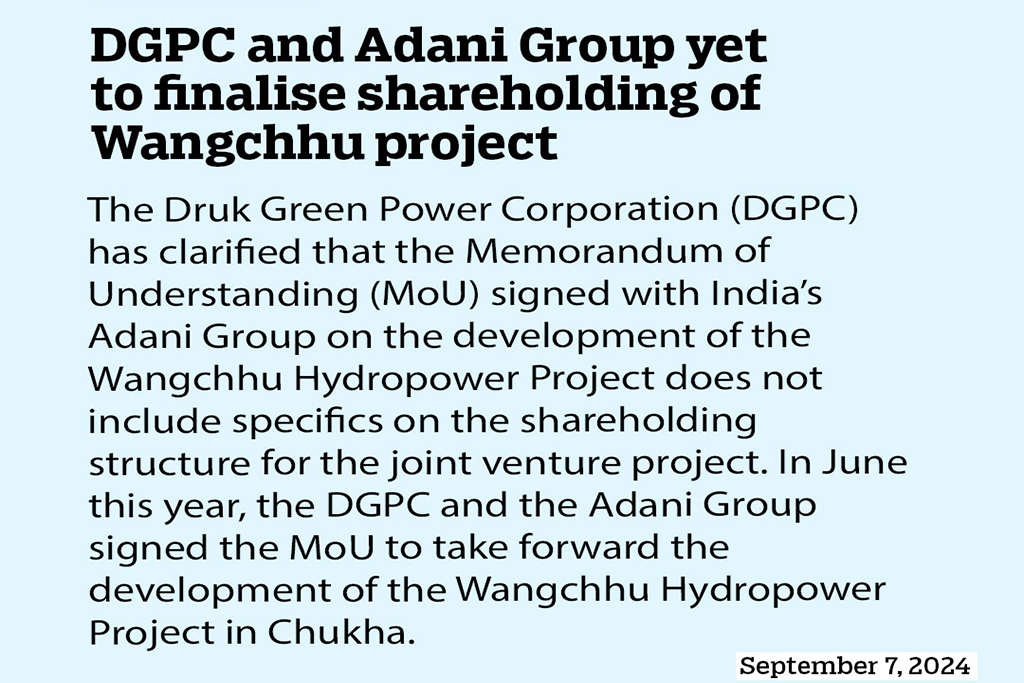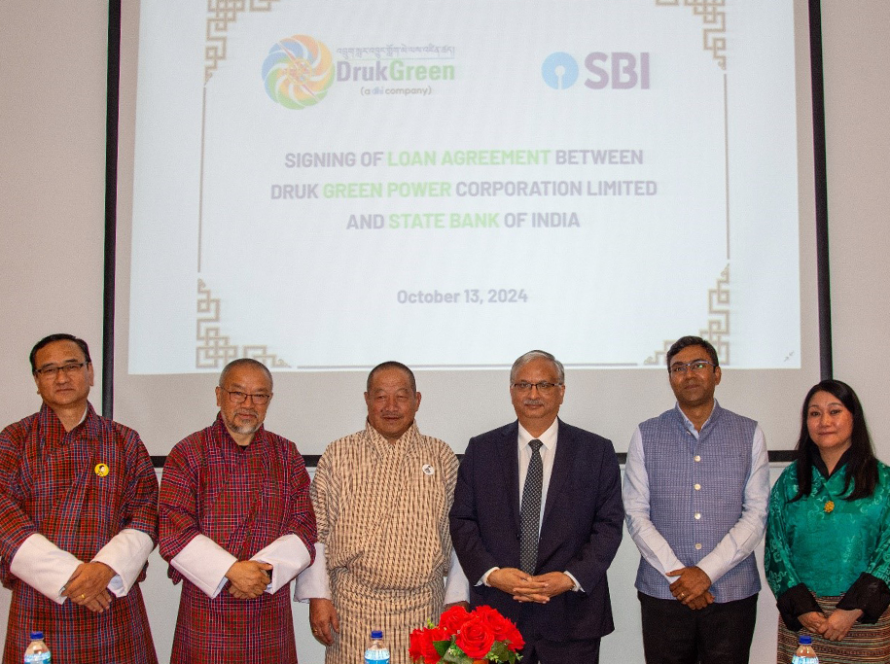Commendable CSR initiatives in the last 10 years
Final cost for the construction of the 118MW Nikachhu Hydroelectric Project (NHEP) escalated by 36% from the approved project cost of Nu 11,673.800 million (M), to the final project expense at Nu 15,989.702M. The cost includes foreign exchange loss of Nu 803.159M.
While the final expenditure sky rocketed due to the delay in works, authorities said that over the years, the project also made huge expenses on their Corporate Social Responsibility (CSR) initiatives which added immense value and spirit to community vitality.
From 2015 until 2024, the project spent around Nu 7.762M on various undertakings in the nearby communities. Bearing witness is Sithar Wangchuk, Mangmi of Tangsibji Gewog, who was holding post even before the inception of the project.
He says that the project has come as a blessing for the Gewog, benefitting across 250 households and 400 people approximately.
“People from 65 households relied on Tsheringma Drupchhu right on the roadside for more than time could tell. However, since the Drupchhu was drying up, the project provided piped water from Bjeezam to everyone.”
The water source for Nyelagang was also disrupted due to the explosions under the mountains. However, the project did not waste any time to identify another source and provide water to the community.
Another important aspect of the CSR was providing transportation for the people of the community. Not only did the children receive pick and drop services from their school located as far as Chendebji, it also enhanced the life and livelihood of the villagers.
For the transportation services to be effective there was the need for better roads to ply and access through. The project black-topped and maintained a total of 7 kilometer farm road in Tangsibji. Additionally, works on base coursing a 3 kilometer road towards Tshangkha Shedra was also completed.
Similarly, the project collected waste from every household on routine days and disposed it off at the Dzongkhag landfill site.
Other initiatives include trainings for weaving, growing mushroom, making waste paper bags, and the construction and renovation of Chortens. The project also provided primary healthcare services and help for those whose lands was caught in Thram related issues.
During the peak season, the project also provides employment to more than 1000 people.
The actual construction works started in August 2016 and was supposed to be completed within four years in August 2020. However, due to various complications, the construction duration had to be extended by 4 more years. Works were stalled also due to the pandemic, shortage of skilled manpower, and adverse geological conditions. It was finally completed this year and commissioning kick-started from January.
Since its commissioning until July this year, the project generated 266.619 million units (MU) of electricity, equivalent to Nu 973.419M in revenue. 80% (155.674MU) of the power was exported to PTC India, valued at Nu 513.72M.
Other source of revenue include Bhutan Power Corporation (BPC) which absorbs 38.247MU of energy worth Nu 146.92M. Revenue from the Indian Exchange (stock market) is worth Nu 144.14M while sale of power to the Mangdechhu Hydroelectric Project Authority (MHPA) generates Nu 168.62M.
The Detailed Project Report (DPR) of NHP was conducted in April 2013 and completed by September the same year. The DPR was approved by Druk Green Power Corporation (DGPC) and then the Royal Government of Bhutan (RGoB) in March 2014 for implementation. Consequently, Tangsibji Hydro Energy (THyE) was incorporated to oversee the works and then actual construction works commenced from August 2016.
The project is funded by the Asian Development Bank (ADB), along with Indian Banks and DGPC at a debt equity ratio of 65:35.



